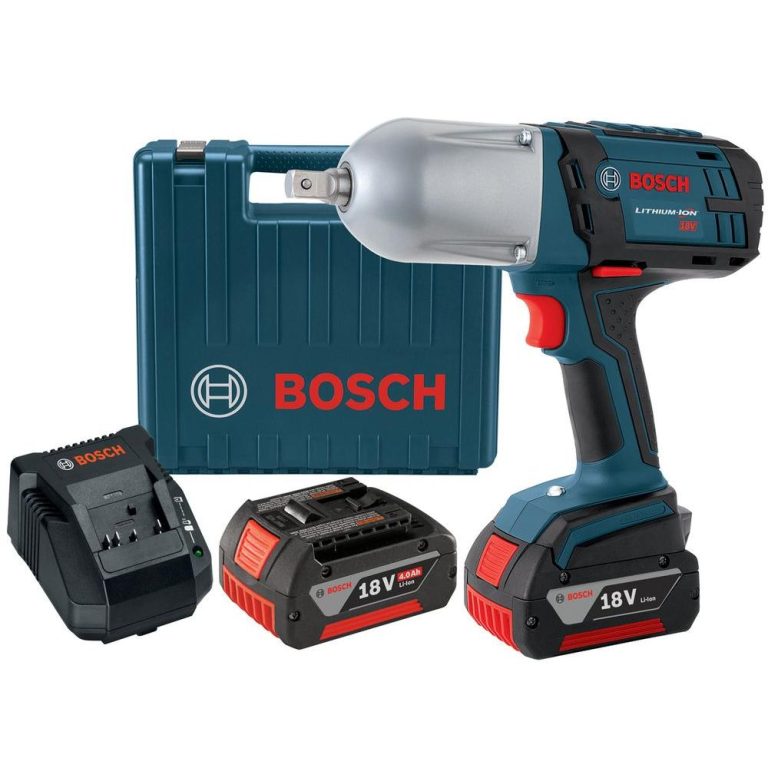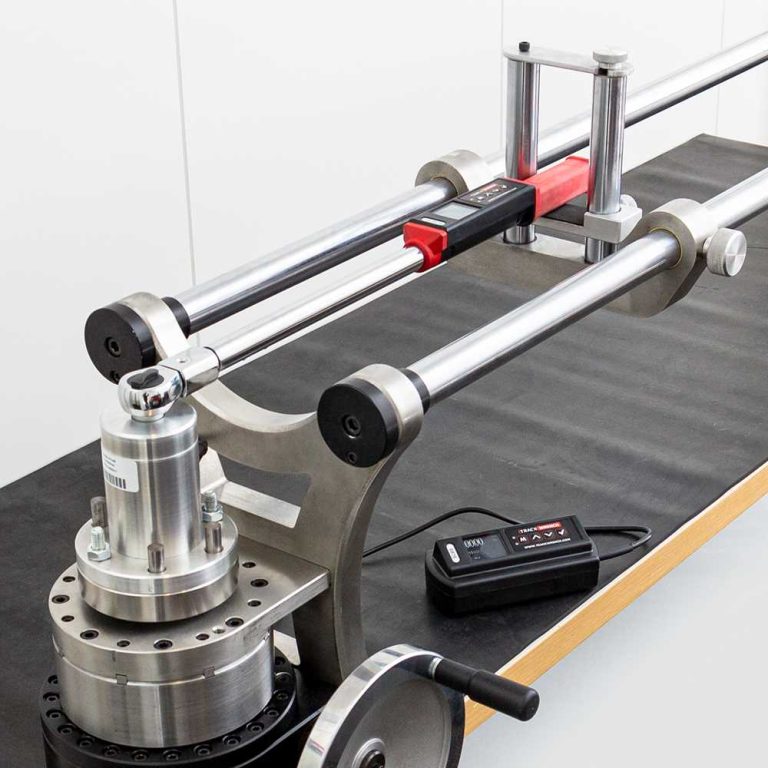
How to Use a Plumbing Wrench Effectively: Tips and Techniques
When tackling plumbing projects, having the right tools is essential. Among these tools, the plumbing wrench stands out as a versatile and indispensable instrument. Whether you’re a professional plumber or a DIY enthusiast, understanding the different types of plumbing wrenches and how to use them effectively can make your tasks easier and more efficient.
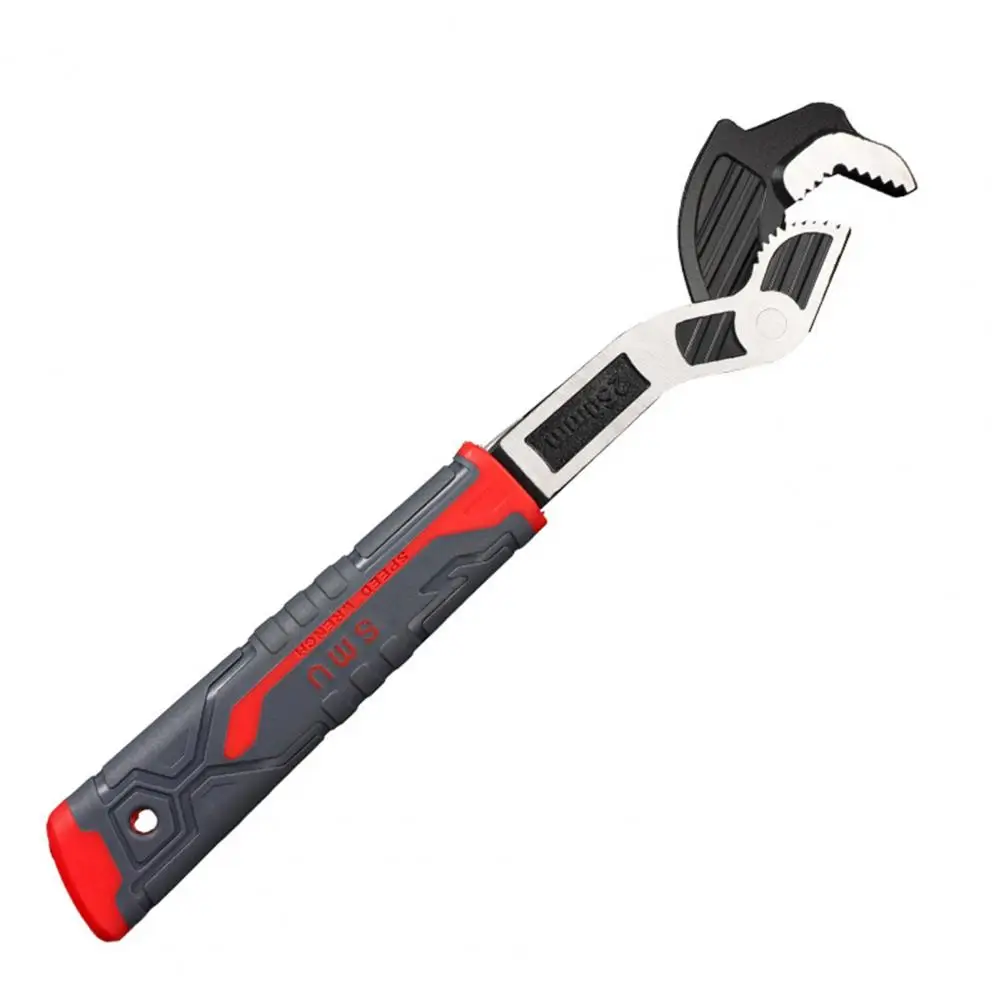 Introduction to Plumbing Wrenches
Introduction to Plumbing Wrenches
Plumbing wrenches are vital tools for any plumbing repair or installation task. They help tighten or loosen different types of plumbing components with ease. They come in various designs, making them suitable for diverse applications.
The role of plumbing wrenches in repairs
Plumbing wrenches make repairing pipes, fittings, and fixtures easier. They provide the grip needed for securing or removing plumbing parts. With their specific designs, they ensure that tasks are done without damaging materials. Pipe wrenches, for example, handle heavy-duty tasks, while adjustable wrenches can tackle standard nuts and bolts.
Using the right plumbing wrench speeds up repairs and ensures safe handling of components. They are essential for both professionals and DIY enthusiasts in achieving precise results.
Common materials used in plumbing wrench manufacturing
Plumbing wrenches are designed to endure tough jobs, so they need durable materials. Common materials include:
- Steel: For heavy-duty wrenches, offering strength and durability.
- Aluminum: Lightweight and resistant to rust, perfect for frequent use.
- Chrome vanadium: Often used for adjustable wrenches due to its sturdiness and corrosion resistance.
- Plastic-coated handles: Provide comfort and anti-slip grip for better handling.
The choice of material impacts the wrench’s strength, weight, and lifespan. Therefore, selecting high-quality materials is crucial for effective and long-lasting performance.
Types of Plumbing Wrenches
Plumbing wrenches come in different types to address specific repair and installation needs. Selecting the right wrench ensures efficiency and prevents damage to plumbing components.
Pipe wrench: Features and uses
The pipe wrench is designed for heavy-duty tasks. It has serrated jaws for gripping pipes securely. Its adjustable head allows you to work with various pipe sizes. Pipe wrenches are ideal for tightening or loosening metal pipes and fittings. They are often used by professionals when working with threaded pipes or large plumbing systems.
Adjustable wrench: Versatility in plumbing tasks
The adjustable wrench is a versatile tool for daily plumbing. It features a movable jaw for gripping different-sized nuts and bolts. This wrench is perfect for general repairs involving fittings, faucets, or valves. Its chrome vanadium construction provides durability and resistance to corrosion. DIY enthusiasts and professionals alike enjoy its ease of use for simpler plumbing tasks.
Basin wrench: Handling hard-to-reach areas
The basin wrench is essential for jobs in tight spaces. Its long handle and swivel head are ideal for accessing nuts under sinks. This wrench simplifies tightening or loosening faucet mounting nuts without the need to dismantle fixtures. Its design ensures you can work effectively in confined areas while maintaining precision.
Plumbing spud wrench: Specialized applications
The plumbing spud wrench is meant for specialized tasks. It has a slim profile that fits into narrow spaces. This wrench is commonly used for assembling and handling exposed pipe systems. Its design is highly specific, making it invaluable for certain types of plumbing configurations and repairs.
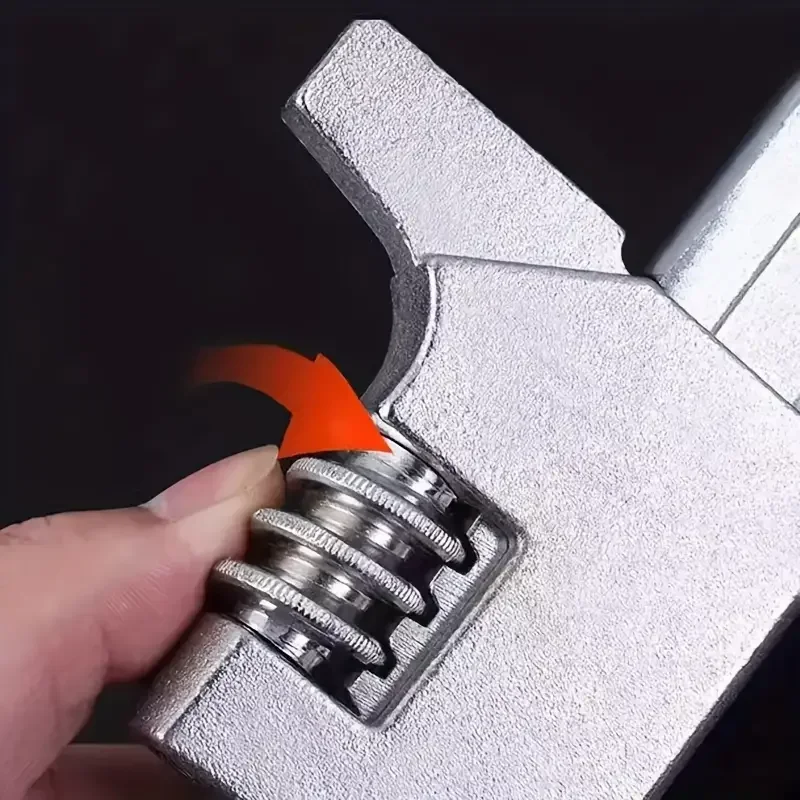 Choosing the Right Plumbing Wrench
Choosing the Right Plumbing Wrench
Selecting the right plumbing wrench is key to ensuring your repair tasks are effective. The wrong tool can lead to damaged components or wasted effort. Below are some essential considerations to help you make the best choice.
Factors to consider when selecting a wrench
- Size and Adjustability: Ensure the wrench fits the specific components you’ll work with. Adjustable wrenches are versatile for handling various sizes, while fixed wrenches excel in stability.
- Material Composition: Choose wrenches made from durable materials. Steel provides strength for heavy-duty work. Lightweight aluminum wrenches reduce fatigue during long tasks. Chrome vanadium adds durability and protects against corrosion.
- Type of Plumbing Work: Different tasks require specific wrench designs. For example, basin wrenches are ideal for tight spaces, while pipe wrenches handle heavy-duty projects.
- Grip and Comfort: A secure grip ensures safety and precision. Look for wrenches with anti-slip or plastic-coated handles for comfortable use during extended periods.
- Budget and Lifespan: While cost matters, prioritize quality. Investing in a durable wrench saves money in the long term.
Matching wrenches to specific plumbing tasks
- Tightening or Loosening Pipes: Use a pipe wrench to handle metal pipes and threaded fittings. Its serrated jaws offer a strong grip.
- General Repairs: The adjustable wrench is perfect for small jobs involving nuts, bolts, and fittings. It adapts to different sizes effortlessly.
- Working Under Sinks: A basin wrench is ideal for tightening and loosening faucet nuts in cramped spaces.
- Specialized Plumbing Configurations: Opt for a plumbing spud wrench for tasks like assembling exposed pipe systems. Its slim design excels in narrow spots.
By understanding these factors, you can choose the best plumbing wrench for your needs. Accurate selection enhances efficiency, protects plumbing parts, and simplifies your work.
Maintenance and Care
Proper maintenance ensures plumbing wrenches last longer and perform well. Regular care supports efficiency and safety.
Proper cleaning techniques
- Wipe after use: Remove dirt and residue with a clean cloth after every task.
- Use mild detergent: Clean the wrench using soap and warm water, especially after heavy-duty tasks.
- Dry thoroughly: Ensure the wrench is completely dry to prevent moisture buildup.
- Inspect moving parts: Remove debris from adjustable components for smooth operation.
- Lubricate joints: Apply light oil on moving parts to maintain flexibility and reduce wear.
Preventing rust and corrosion
- Store properly: Keep wrenches in a dry, ventilated place away from humid conditions.
- Apply anti-rust spray: Use anti-corrosion products to protect steel and chrome vanadium surfaces.
- Avoid water exposure: Prevent prolonged contact with water or moist environments.
- Handle aluminum carefully: Aluminum wrenches resist rust but should still be stored properly.
- Regular checks: Inspect for rust spots periodically and remove them using fine sandpaper or rust removers.
Proper cleaning and rust prevention enhance wrench longevity and ensure safe plumbing repairs. Make maintenance a priority.
Tips for Using Wrenches Effectively
Using plumbing wrenches correctly ensures precise work and prevents damage to plumbing components. Below are tips for achieving optimal results.
Avoid common mistakes
- Choosing the wrong wrench: Use the appropriate wrench for the specific task at hand.
- Applying excessive force: Tighten or loosen connections gently to avoid stripping or damaging components.
- Ignoring wrench adjustments: Adjust the wrench jaws to securely grip pipes or fittings without slipping.
- Using worn-out tools: Inspect wrenches regularly and replace those with worn jaws or compromised grip.
- Skipping lubrication: Keep wrench threads lubricated to allow for smooth adjustments during tasks.
- Overlooking tool alignment: Ensure that the wrench is correctly aligned to prevent misalignment or accidents.
Avoiding these mistakes helps enhance safety, reduces material damage, and ensures better performance during plumbing repairs.
Improving grip and torque application
- Check the wrench grip: Hold the handle firmly with both hands for improved control.
- Position the wrench properly: Align the wrench jaws securely around the pipe or fitting for maximum hold.
- Use anti-slip handles: Opt for wrenches with plastic coating or textured grips for enhanced comfort.
- Apply force evenly: Distribute pressure uniformly to avoid damaging nuts or bolts.
- Leverage long handles: Use longer wrench handles to increase torque without requiring excessive strength.
- Practice controlled movements: Tighten or loosen incrementally to maintain precision and prevent over-torqueing.
By mastering grip and torque application, you can achieve efficient repairs while protecting plumbing components. Implement these strategies to tackle plumbing tasks confidently and effectively.
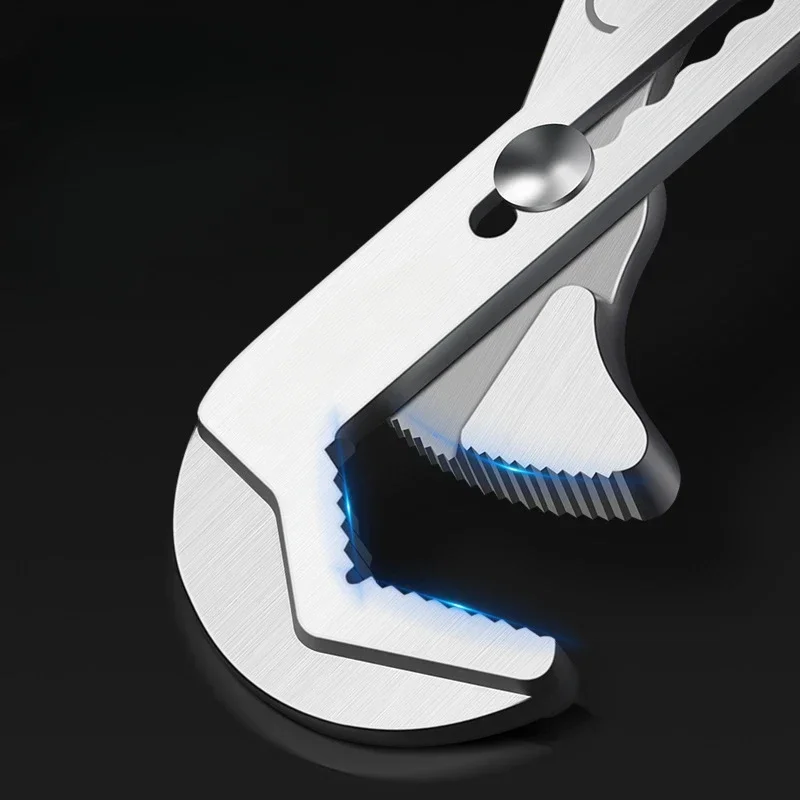 Other Essential Plumbing Tools
Other Essential Plumbing Tools
Plumbing wrenches alone cannot address all repair and installation tasks. Complementary tools enhance efficiency and ensure thorough work. These tools help handle diverse scenarios with ease and precision.
Complementary tools for efficient repairs
- Teflon tape: Seals pipe threads and prevents leaks efficiently during plumbing installations.
- Plumber’s tape: Secures connections and ensures a watertight joint for reliable fixtures.
- Plunger: Clears blockages in sinks and toilets quickly and easily.
- Pipe cutter: Cuts pipes to desired lengths with smooth and clean finishes.
- Hacksaw: Cuts through metal or plastic pipes when a pipe cutter cannot.
- Plumber’s putty: Seals and fills gaps around fixtures like sinks and faucets.
- Drain auger: Removes clogs deep within pipes that plungers cannot resolve.
- Channel-lock pliers: Adjust to grip wide or small object surfaces securely.
Using these complementary tools with plumbing wrenches ensures smoother and faster repairs. They allow you to address a variety of repair needs effectively.
Building your plumbing toolkit
To handle diverse plumbing issues, you need a comprehensive toolkit. Consider including the following:
- Basic wrenches: Pipe wrench, adjustable wrench, and basin wrench should be priorities.
- Pipe repair tools: Include a pipe cutter, hacksaw, and drain auger for diverse pipe tasks.
- Leak prevention materials: Teflon tape, plumber’s tape, and plumber’s putty are essential for sealing tasks.
- Clearing blockages: Keep plungers and drain snakes for unclogging sinks, toilets, and pipes.
- Safety gear: Equip gloves, goggles, and a dust mask for safe handling of tools and materials.
- Storage organizer: A sturdy box or bag keeps tools accessible and organized.
Building a versatile toolkit ensures you are prepared for various plumbing tasks. It saves you time, reduces hassle, and avoids unnecessary damage to fixtures. Equip your toolkit wisely to ensure precise, reliable, and efficient repairs.
Advanced Uses of Wrenches
Beyond basic tightening and loosening, plumbing wrenches can be used for more advanced plumbing tasks. Here are some advanced applications.
Installing Fixtures
Use basin wrenches to install faucets and other fixtures in tight spaces. Their design allows you to reach and secure nuts that standard wrenches cannot.
Pipe Fitting
Pipe wrenches are essential for fitting pipes together, ensuring a snug and leak-proof connection. Their strong grip accommodates the varied sizes and shapes of pipes.
Adjusting Valves
Plumbing wrenches are ideal for adjusting valves in your plumbing system. Proper adjustment ensures efficient water flow and prevents leaks.
Removing Stubborn Fittings
For fittings that are difficult to remove, a pipe wrench provides the necessary torque to loosen them without causing damage.
Maintenance and Repairs
Regular maintenance and repairs of plumbing systems often require the use of different wrenches. Having a variety of plumbing wrenches ensures you are prepared for any task.
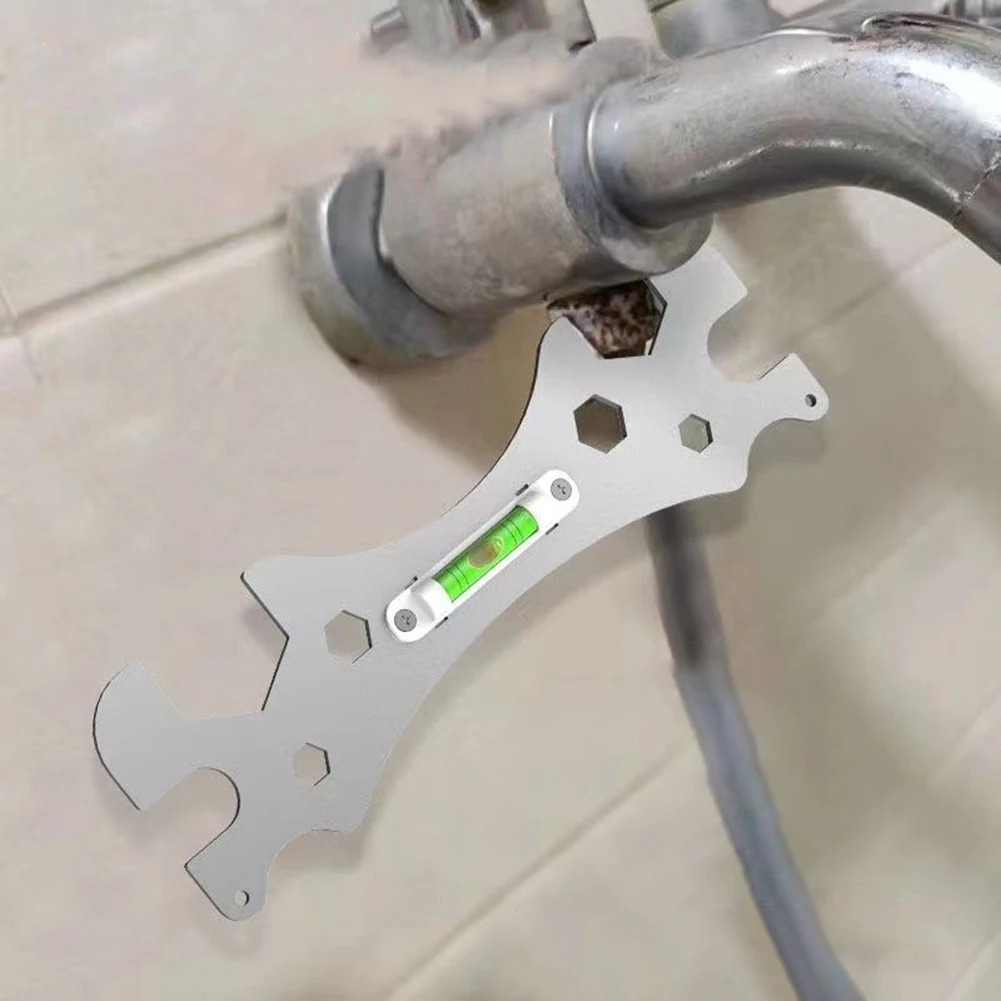 Environmental Considerations in Choosing Wrenches
Environmental Considerations in Choosing Wrenches
When selecting a plumbing wrench, consider the environmental impact of your choice. Sustainable practices can make a difference in reducing your ecological footprint.
Durable Materials
Choose wrenches made from durable, long-lasting materials. Tools that withstand wear reduce the need for frequent replacements, minimizing waste.
Sustainable Manufacturing
Support manufacturers that use environmentally friendly practices and materials. Sustainable manufacturing reduces pollution and conserves resources.
Recyclable Components
Opt for wrenches with recyclable parts, contributing to waste reduction and promoting a circular economy.
Energy-Efficient Production
Manufacturers that prioritize energy-efficient production methods help lower carbon emissions and environmental impact.
Case Studies: Successful Wrench Applications
Examining real-life examples showcases the effectiveness and versatility of plumbing wrenches.
Residential Plumbing Repairs
Jane, a homeowner, needed to fix a leaking faucet. She used a basin wrench to reach the tight bolts under the sink. The wrench allowed her to tighten the connections securely, stopping the leak and preventing water damage.
Commercial Plumbing Installation
A commercial plumber installed new pipes in an office building. Using pipe wrenches, he efficiently connected the pipes, ensuring leak-free joints that met building codes and standards.
Emergency Plumbing Services
During a plumbing emergency, Mike responded quickly using an adjustable wrench. He adjusted a loose pipe fitting, stopping a major leak and preventing extensive water damage while awaiting professional repairs.
DIY Plumbing Projects
Tom, a DIY enthusiast, renovated his bathroom using various plumbing wrenches. From installing a new showerhead to securing pipe connections, the wrenches provided the necessary grip and torque for successful project completion.
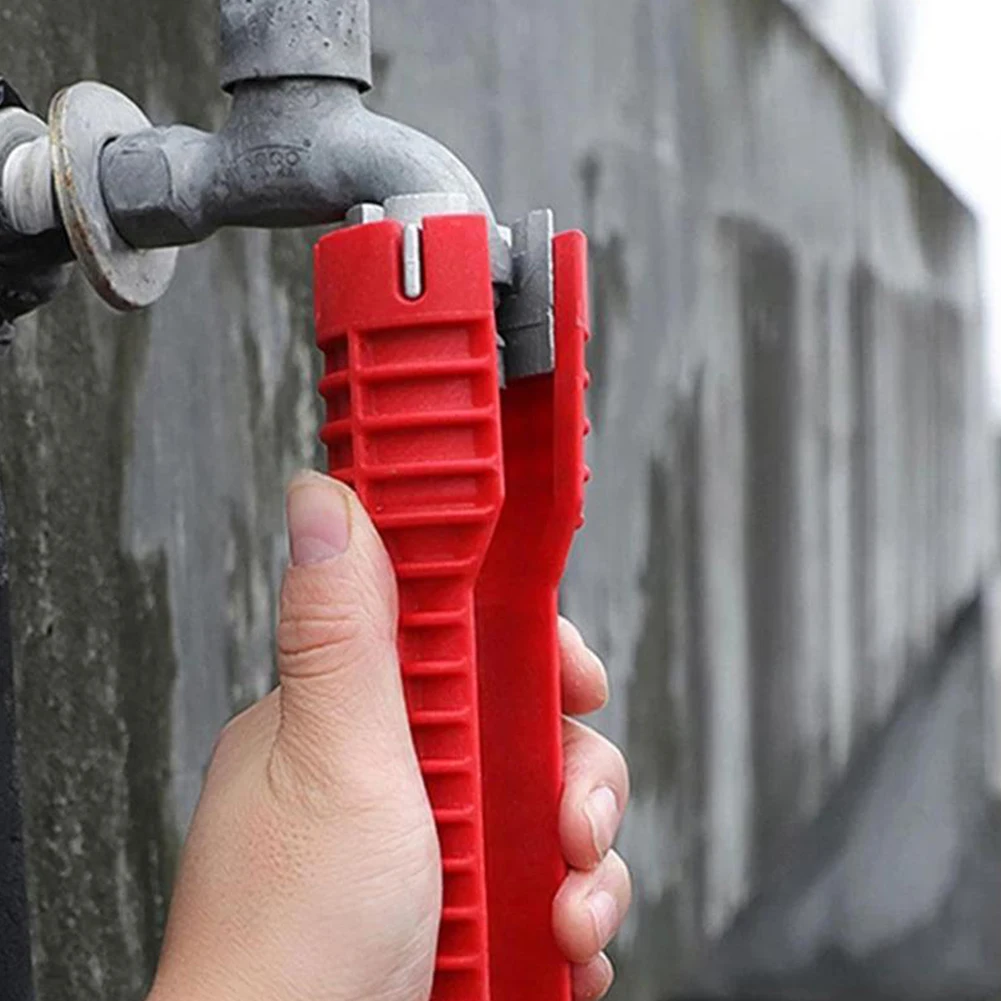 Conclusion
Conclusion
Plumbing wrenches are indispensable tools for repair and installation tasks. They enhance efficiency and prevent damage during work. Key types include pipe wrenches, adjustable wrenches, basin wrenches, and plumbing spud wrenches. Each serves unique purposes in diverse plumbing scenarios.
Choosing the right wrench depends on the specific task, material, size, and comfort. Proper maintenance, such as cleaning and rust prevention, ensures these tools last longer. Regular upkeep keeps them functional and reliable.
Complementary plumbing tools, like Teflon tape and pipe cutters, further enhance repair capabilities. A well-rounded toolkit enables you to handle various challenges with ease.
Importance of having the right plumbing wrenches
The right plumbing wrench makes tasks faster and easier. It ensures accuracy and protects plumbing parts. Using the correct wrench prevents component damage and reduces effort. Both professionals and DIY enthusiasts benefit from these tools.
Investing in quality plumbing wrenches boosts productivity and saves money over time. Having the right tools ensures every plumbing repair or installation is efficient and successful.
